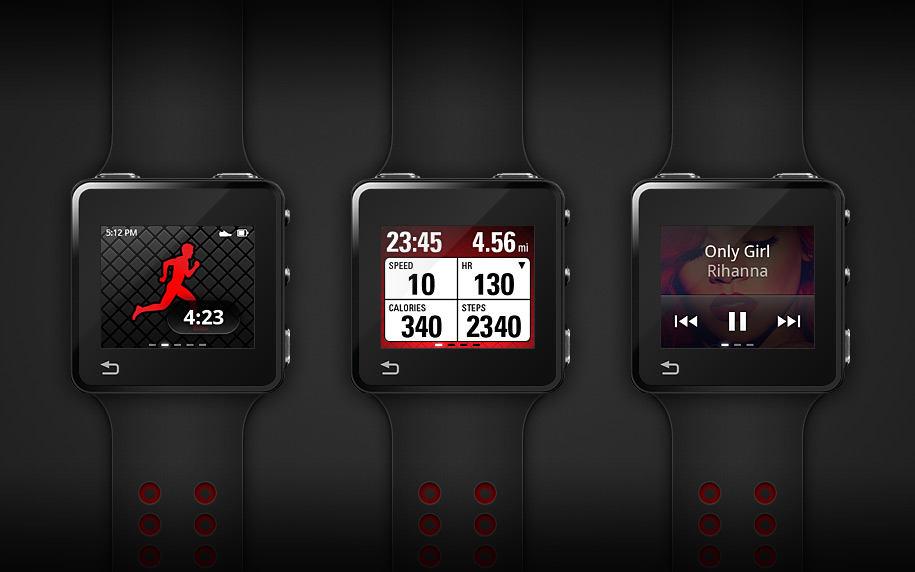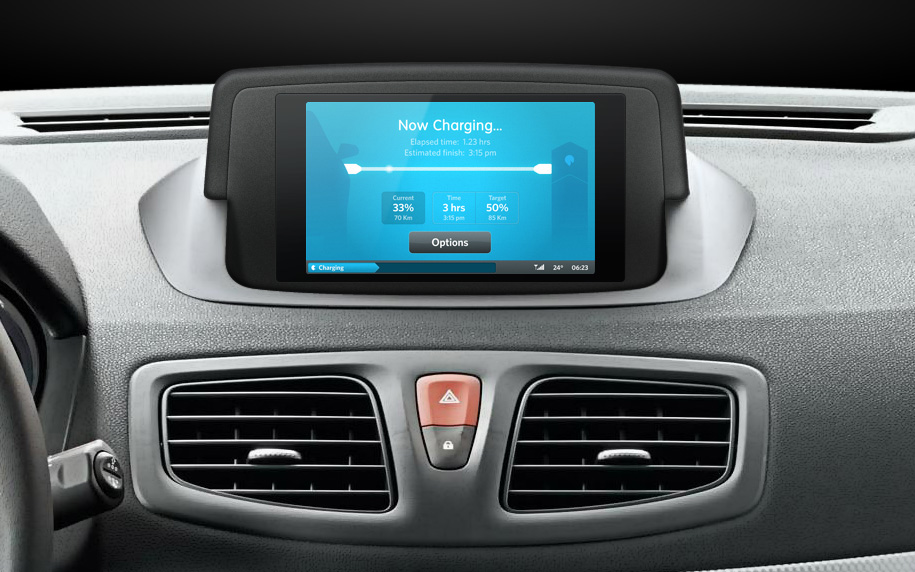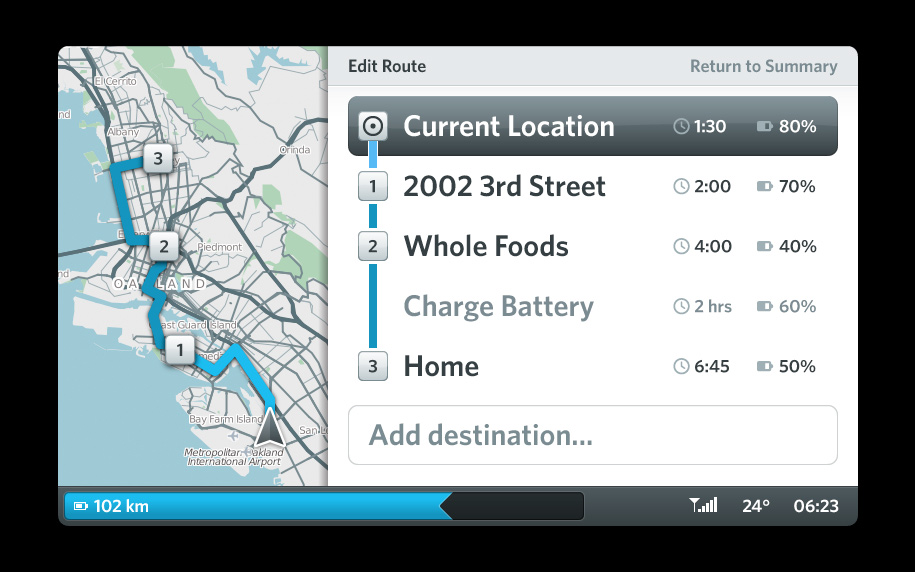
News made rounds earlier today that Twitter co-founder Jack Dorsey’s another startup, Square, just snapped up design shop 80/20. Square makes an awesome iPhone and Android payment solution based on a credit card dongle and it recently teamed up with Starbucks on micro-payments.
Headquartered in New York, 80/20 is renowned for its design work on user interfaces. They did a dashboard for the electric vehicle company Better Place and a sexy fitness-tracking watch for Google’s subsidiary Motorola.
Here’s why Square and 80/20 are a natural fit, why the deal makes in a greater scheme of things and why you should care…
Examples like RIM’s acquisition of UI experts Astonishing Tribe and Square’s acquisition of 80/20 indicate that design is finally becoming a strategically important asset for both Silicon Valley’s up and coming startups and established names in tech.
Those of us who have been around for awhile remember times when Apple was the sole technology firm obsessed with design. That said, it’s kinda nice the industry is acknowledging the trend Apple set decades ago.
Here’s a dashboard 80/20 designed for Better Place.

Another one.

Nice work!
The stuff looks clean and easy on the eyes, just as you’d expect car dashboards to be.
The New York Times takes note of the acquisition from the design standpoint:
Designers have become a hot commodity in Silicon Valley as tech companies realize that the way their products look and the way that people interact with them is just as important as the underlying software — a lesson learned in part from Apple.
Lately, pitches from new start-ups are likely to include words like elegant, beautiful and intuitive. These are also common words in the vocabulary of Square’s co-founder and chief executive, Jack Dorsey.
80/20 wrote on its homepage something along the same lines:
In every project, we’ve started with the belief that the best design gets out of the user’s way and that you can craft unforgettable user experiences by keeping things simple and obsessing over the details.
This sounds a lot like Apple’s and Jony Ive’s philosophy epitomized in design getting out of the way so products appear almost as if undesigned. Here’s Ive laying it all out for us in Objectified, a documentary film by director Gary Hustwit.
By the way, that Germang guy is industrial designer Dieter Rams, whose work (he designed iconic products for Braun) and 10 principles of design inspired much of Ive’s work.
Your key takeaway from that clip:
When we are designing a product, we look at the various attributes of a product. Some of those attributes are the materials it is made from and the form that is connected to that material.
Other issues is physically how do you connect to the product. For example in iPhone, everything defers to the display.
A lot of what we seem to be doing in a product like that is getting design out of the way. With that sort of reason, it feels almost inevitable, almost undesigned and it feels almost, like of course it is that way. Why would it be any other way?
Too many companies still don’t get it.
They hire designers only out of belief that design is how it looks, whereas it really isn’t.
Design is how it works.
And technology alone is not enough.
http://www.youtube.com/watch?v=BM3fNGMtAns&feature=fvst
Here’s a a nice Steve Jobs quote from the 2003 New York Times article titled “The Guts of a New Machine”:
Most people make the mistake of thinking design is what it looks like. People think it’s this veneer – that the designers are handed this box and told, ‘Make it look good!’ That’s not what we think design is. It’s not just what it looks like and feels like. Design is how it works.
He nailed it, didn’t he?
I’m bewildered that so many companies still don’t get what design is all about.
That’s why Square’s acquisition of 80/20 matters: it sends a warning to competitors that those who take design superficially or treat it as an annoyance are going to be left behind.
With design tools now readily available to everyone, not just Apple, the industry is finally coming to a realization that consumers are increasingly paying attention to how their devices work.
So let’s not pretend only the looks set apart Apple’s products from competition when it’s the entire package and how people interact with the product.
App design also matters just as much, as Gannon Burgett effectively explained by highlighting the design elements and choices we see in apps these days.
It’s hard to explain this to our Android-toting commenters who have never used an Apple product for a prolonged period of time, or just held one briefly in their hand.
I was there decades ago.
Then, in 2001 Apple released OS X and I bought my Titanium PowerBook G4, installed OS X v10.0 Cheetah and never looked back.
What’s your story?